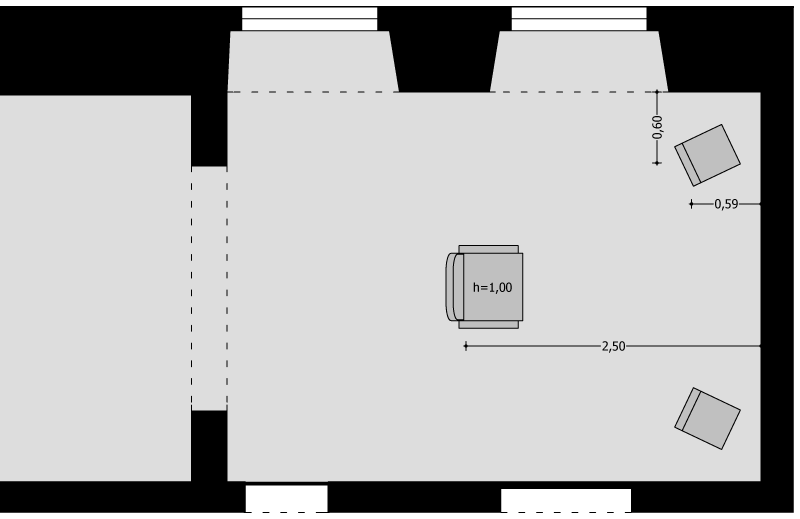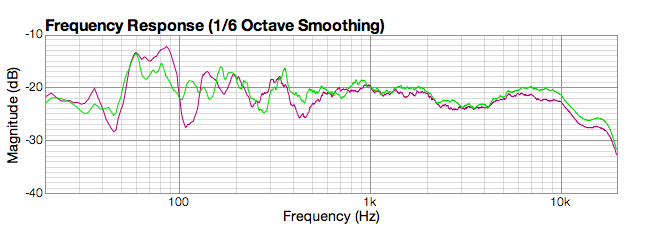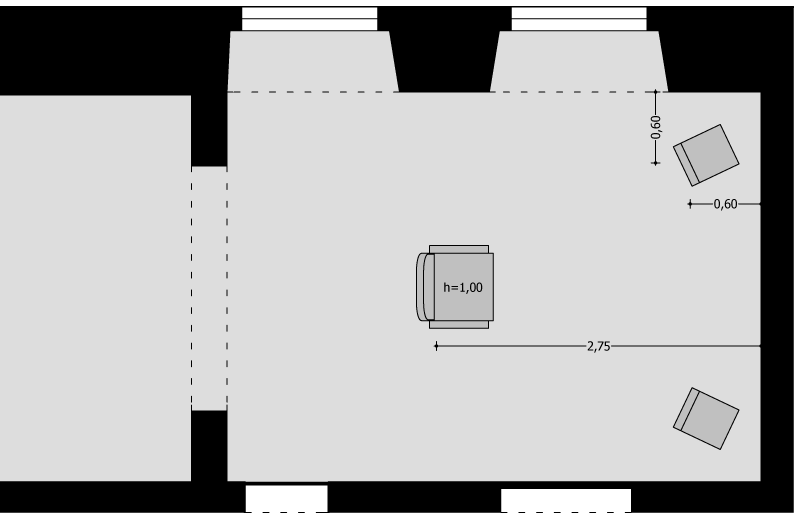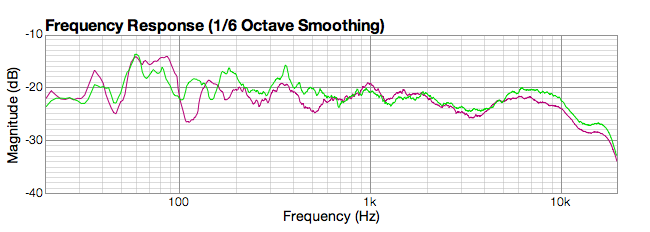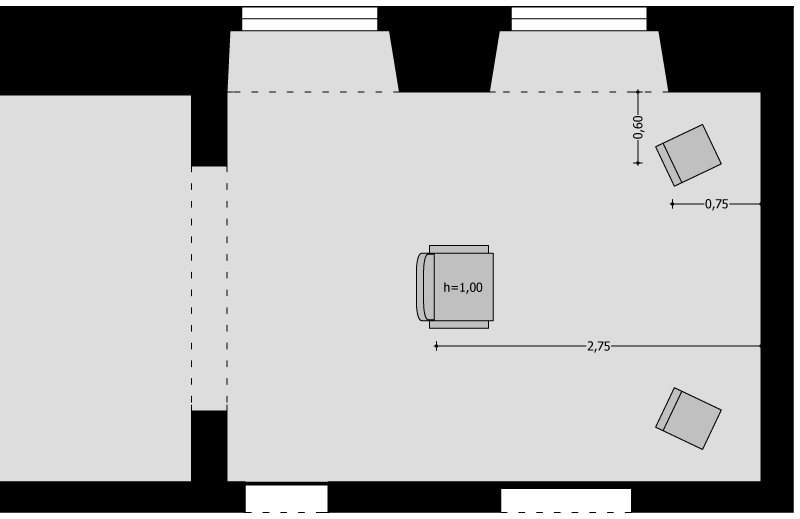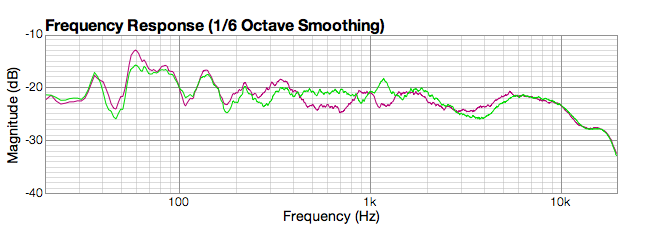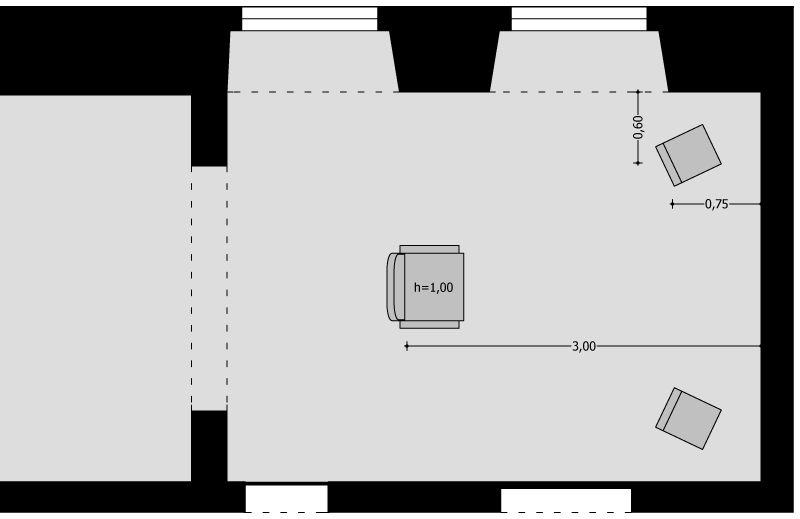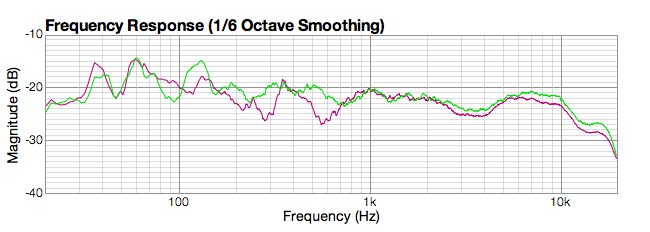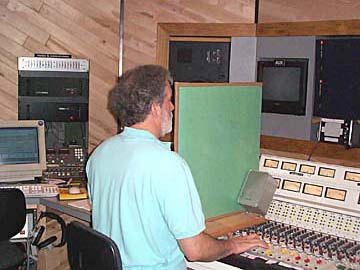I don’t really understand this. Surely most of us are using measurements in order to double-check what we are hearing from the listening seat in our rooms? As such that will always be the sound of two speakers playing in that space. To my ears the sound of one speaker alone is way less than half the sound of a well setup stereo system, it just doesn’t drive the room in anything like the same way. Surely we want to be measuring what we are actually hearing, not some theoretical abstraction. FWIW I’ve similarly never understood the point of measuring a speaker at 1m unless you are trying to track a very specific fault in pair-matching or whatever. Without an anechoic chamber any such measurement won’t tell you much about the speaker design, so really all that interests me is the sound of my full system measured at the listening seat in the way I listen to it. I’d never cite any of my measurements as being representative of a Tannoy Monitor Gold, a JR149 or whatever as they are just an REW measurement from the listening seat in my room and as such valueless to anyone other than me (assuming they actually have any value to me!).
I guess that there could well be phase/time errors that a single mic placement would suffer from that a pair of ears wouldn’t that could give spurious results, but in that case surely a crossed pair and simultaneous stereo measurements should be done. The whole point is to measure what we are experiencing, and we are not hearing two entirely isolated mono signals. That is not happening as both speakers are driving the room and any reflections, time and phase delays etc are happening in real time between both speakers and that listening space. That is what needs to be measured.


